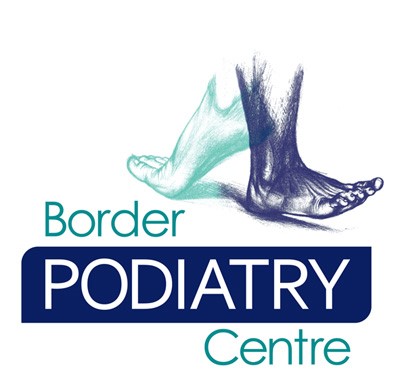Over the Christmas and New Year period I have had time to catch up with family, friends and met friends of friends. Once they find out you are a Podiatrist, they all like to tell you they are suffering from “plantar fasciitis”. Not only are they suffering from plantar fasciitis, so are their family and friends and friends of friends and friends of friends of friends. What I am trying to say here is there is a lot of people that are suffering from plantar fasciitis. And what seems really sad about this situation is most of them believe there is nothing you can do about it and just have to wait until it goes away. Now that sounds fine in theory but if you are not treating the cause of the plantar fasciitis, I can assure you it will take a very long time to go away if at all. That is why I decided to write about this particular topic.



Firstly, an anatomy lesson. The plantar fascia (in a nut shell) is the flat band of tissue (ligament) that connects your heel bone to your toes. It supports the arch of your foot. The plantar fascia is a flat band of connective tissue (ligament) that connects your heel bone to the toes in the ball of the foot. Some of its roles is to keep the bones and joints in position, support the arch of the foot and enables us to push off from the ground.

Bruising, overstretching or tearing this ligament can cause inflammation. This is what you may know as plantar fasciitis…or plantar heel pain…..or heel spurs…..or policeman’s heel…..or a bruised heel…… I think you get the picture here.

Typically the onset is gradual and worsens over a period of time, often weeks or even months. It is invariably follows some traumatic incident or change of activity or footwear.
It is painful in the morning and on rising from rest. This is one of the main features of plantar fasciitis. You may find severe pain on first weight bearing in the morning or on rising after a prolonged period of rest (e.g. after a long car journey or sitting at your desk all day). This pain usually improves after a short period of walking. The pain may also be worse at the start of sporting activities and improves after the feet warm up. The pain is likely to come back worse after you stop playing sport.
The basis of this pain after rest is presumed to be due to the accumulation of inflammatory by-products which impinge on the nerve endings when compressed during weight bearing (Bartold 1998). We can help with this.
So, how can we help you? We here at Border Podiatry Centre are the experts in heel pain. The only problem is, you have to come and see us to get the very best care. Luckily for you, we have some self care tips for you to do at home to get you on your road to recovery.
A good starting point to relieving some of your heel pain is regular icing and massage of the plantar fascia. Performing some massage at the area using a tennis or massage ball or and iced bottle of water to achieve a gentle stretch to the plantar fascia will reduce tension and relieve some of the inflammation through the structure. With this massage the aim is to begin at your heel, as this area should be your focus, and progress down towards your forefoot and back again. Ideally this should be performed twice daily for 10 minutes. Also, give those calf muscles a good stretch twice a day too.

If you take the next step – hopefully not too painful, this is what we have in store for you. Over the past 6 months we have been trialing a new taping technique with absolutely phenomenal results. It takes immediate strain off the plantar fascia whilst enhancing the correct foot function and also the function of the big toe. 3 taping sessions with a little extra encouragement and people are experiencing long term relief.
If this sounds like this could help you and you want get to the very bottom of the issues causing your heel pain and stop it coming back for good – call the clinic for an appointment (60245577). Ask to speak to one of our amazing experienced podiatrists and they will personally attend to your enquiry. What have you got to lose………heel pain?
